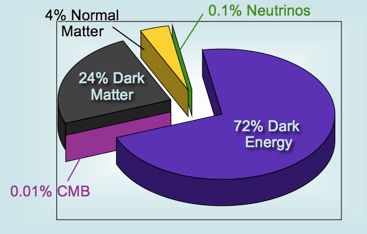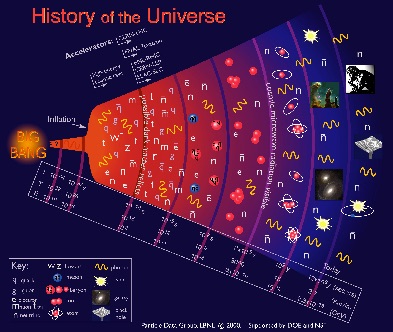Particle and astroparticle physics

Explore the fundamental physics laws which govern the basic building blocks of matter and the structure of space and time
mission of particle physics:
Since Einstein, physicists have sought a unified theory to explain all the fundamental forces and particles in the universe. At the most fundamental level, particles and forces may converge. Perhaps all forces are different manifestations of a single grand unified force, a force that would relate quarks to leptons and predict new ways of converting one kind of particle into another. Such a force might eventually make protons decay, rendering ordinary matter unstable.

Find answers to following questions at the interface between particle physics and astrophysics:
-
•What is the Universe made of?
-
•Where does the matter dominance come from?
-
•What is Dark Matter? Dark Energy ?
-
•Do protons have finite lifetime?
-
•What are the properties of neutrinos?
-
•What is their role in the cosmic evolution?
-
•What do neutrinos tell us about Sun’s interior and about supernovae explosions?
-
•What is the origin of cosmic rays?
-
•What is the sky made of at extreme energies?
mission of astroparticle physics:


Einstein’s dream: unify all forces
Astronomers have shown that the objects in the universe are held together by a form of matter that is not what we are made of. This new form of matter emits no light and is hence called “Dark” Matter.





